Smartsheet vs. Airtable: Which Should You Use?
Managing projects without the proper tools can be challenging. Deadlines, assignments, and team communications can quickly become complex. That’s where project management tools come into play. Two leading options are Airtable and Smartsheet. Both help you organize, track progress, and complete tasks, but they function in slightly different ways. Smartsheet is structured, ideal for detailed planning, while Airtable is flexible, perfect for visual processes.
So, which tool aligns better with your team’s needs? Whether you’re organizing tasks, developing marketing strategies, or handling complex projects, the right tool can make a significant difference. This article will break down each tool’s features, advantages, and best use cases to help you decide which one best suits your project management approach.
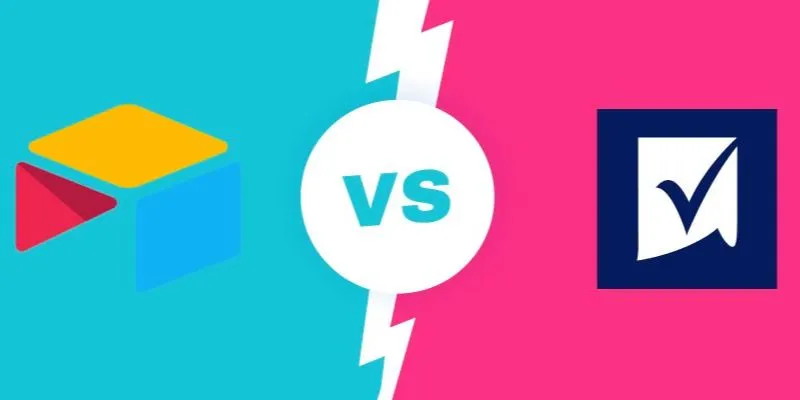
Smartsheet Overview
Smartsheet is a powerful project management tool designed for teams that require structure and detail. While it resembles a spreadsheet like Excel, it offers many additional tools to facilitate effective project management. With Smartsheet, teams can track progress, assign tasks, set deadlines, and instantly update project statuses. Its ability to incorporate Gantt charts, calendars, and grid views is among its strongest features, enabling teams to manage overlapping tasks and visualize timelines seamlessly. Users can also attach files, comments, and track changes as they occur.
Smartsheet includes automated features like conditional actions, approval processes, and reminder systems, which streamline daily tasks and reduce manual labor. You can design rules that trigger alerts, task modifications, or emails independently. Smartsheet is particularly beneficial for data-heavy projects and is widely used in the operations, marketing, construction, and IT sectors. It’s an ideal fit for large teams managing complex processes that require continuous updates and inter-departmental collaboration.
Airtable Overview
Airtable is a user-friendly application that combines the simplicity of a spreadsheet with the power of a database. Its adaptability makes tracking, planning, and managing projects from a single point straightforward. Custom views, dashboards, and forms allow users to tailor their workflow to match their specific needs. Airtable provides grid, calendar, gallery, and Kanban board views among various display options, offering clear, visual, and vibrant designs. Drag-and-drop capabilities enable users to quickly reorganize data or move tasks. Airtable also includes automation features.
You can automatically create tasks, update records, or send alerts based on specific events. It integrates effortlessly with popular applications like Dropbox, Google Drive, and Slack. Airtable’s ease of use and visual appeal resonate with creative professionals. It’s favored by designers, content planners, marketers, and startups. Despite its seemingly basic interface, it provides robust project-tracking capabilities. Airtable is less technical than Smartsheet, making it ideal for flexible, team-based projects while still being quite powerful.
Comparing Key Features
Let’s compare Smartsheet and Airtable by examining their key features. Each tool offers unique advantages depending on your team’s requirements.
- User Interface: Smartsheet features a clean, spreadsheet-style layout. Excel users will find it simple and familiar, though it might appear technical or basic to those preferring a modern design. Airtable’s graphical layout is vibrant, light, and playful, offering flexibility. Many users, particularly creative teams, appreciate its intuitive drag-and-drop tools.
- Project Views: Smartsheet supports multiple project views, including grid, Gantt charts, calendars, and card views. This helps visualize workflow, deadlines, and project schedules. Airtable also supports multiple views, such as grid, calendar, Kanban, form, and gallery perspectives, making it adaptable for displaying data in various ways.
- Automation: Both programs offer automation capabilities, albeit functioning differently. Smartsheet is rich in automation tools for complex processes, allowing the creation of multi-step rules for approvals, reminders, or status updates. Airtable offers simpler conditions and automation templates, making it easier for non-technical users to set up basic automation like field updates or notifications.
- Collaboration: Smartsheet facilitates team collaboration with task reminders, shared views, and comments, keeping everyone informed about changes and task progress. Airtable promotes real-time teamwork, allowing teams to share insights live, make comments, and update records, ideal for teams needing rapid updates and instant changes.
- Templates: Smartsheet offers a wide range of templates for industries such as operations, IT, and construction, suitable for methodical project planning. Airtable features visually appealing designs, excelling in design processes, content calendars, and event planning.
- File Attachments: Both tools allow file uploads and attachments. You can add notes, images, or documents directly to tasks or rows, keeping project resources consolidated.
- Permissions: Smartsheet provides detailed permission settings, enabling precise control over what team members can view or edit. While simpler than Smartsheet’s advanced options, Airtable also offers solid permission controls.
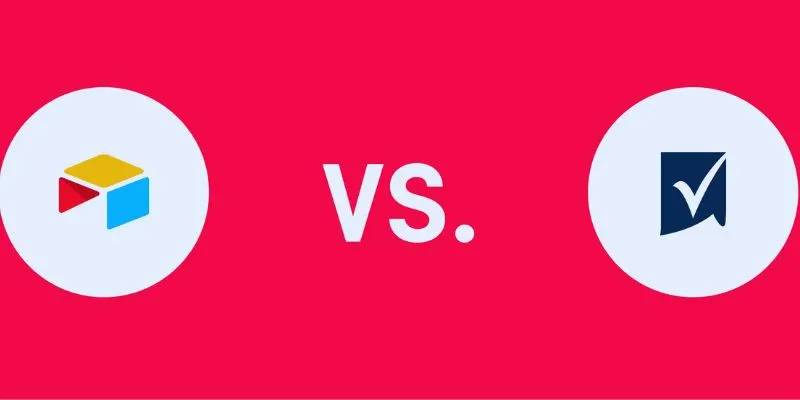
Which One is Best for Project Management?
Your project style and team requirements will determine whether Smartsheet or Airtable is the better fit for you. Smartsheet is ideal for order and detail-oriented projects. It suits teams using Gantt charts, with strict deadlines or requiring approval processes. Smartsheet is designed to manage large projects involving multiple teams and tasks, making it a common choice for companies in sectors like operations, IT, or construction due to its professional layout and control options.
For creative and flexible teams, Airtable is highly effective. It offers a visual workspace with straightforward setup, making it excellent for marketing campaigns, content production, event planning, and small business projects. Teams valuing quick collaboration and visual design often prefer Airtable. Choose Airtable for creative processes and visual versatility. While your project type and team approach will determine the best fit, both are exceptional tools.
Conclusion
Both Smartsheet and Airtable offer robust project management capabilities but cater to different team needs. Smartsheet is perfect for detailed, methodically planned tasks requiring meticulous tracking, benefiting large teams and sectors like construction or IT. Airtable excels in creative, visually-oriented processes, appealing to small businesses, marketers, and agile teams. Consider how your team operates and the types of projects you manage. Do you require flexibility or structure? The right tool will align with your team’s goals and workflows. Whether you choose Smartsheet or Airtable, both will help you stay organized and accomplish your projects more efficiently.
Related Articles
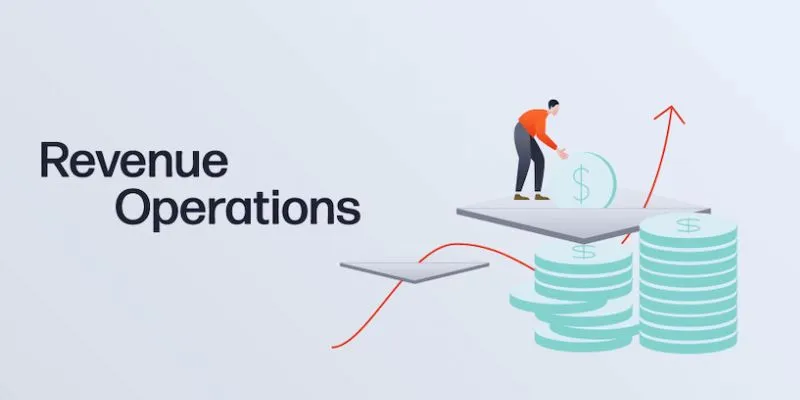
Smartsheet vs. Asana: Which Project Management App is Right for You?

Airtable vs. Notion: Which App Should You Choose for Your Workflow
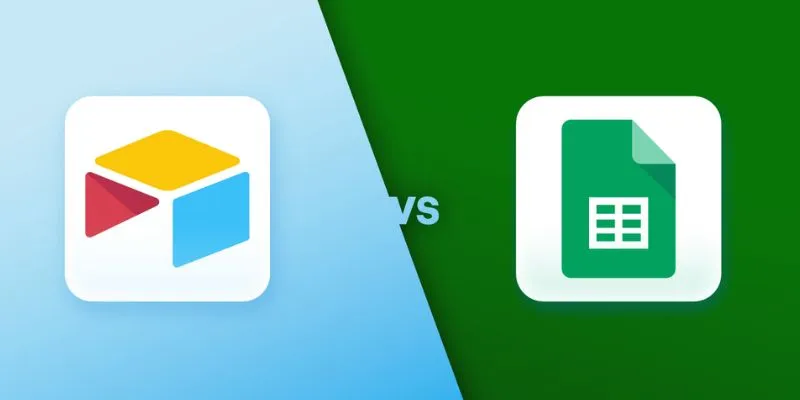
Airtable vs. Google Sheets: Which Should You Use for Your Workflow
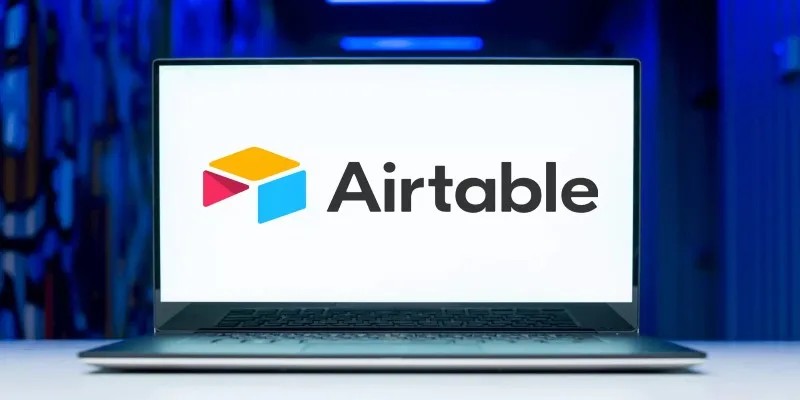
The 6 Best Airtable Alternatives in 2025 to Organize, Track, and Collaborate Better

Simplify Appointment Scheduling with DaySchedule: The Ultimate Time-Saving Tool
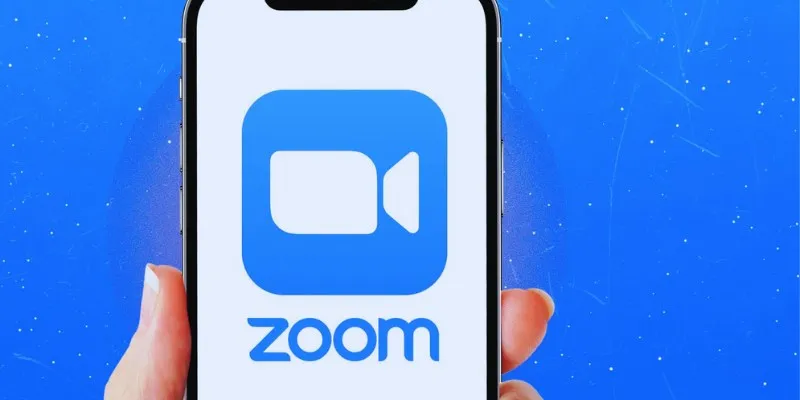
19 Zoom Tips and Tricks for Better Video Meetings: Master Virtual Communication

How to Use Variables in Google Docs for Smarter Document Automation: A Guide
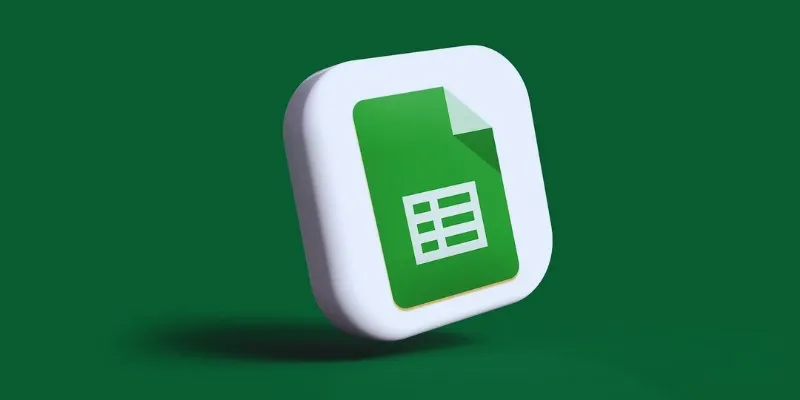
How to Integrate Google Sheets with Mailchimp: A Step-by-Step Guide
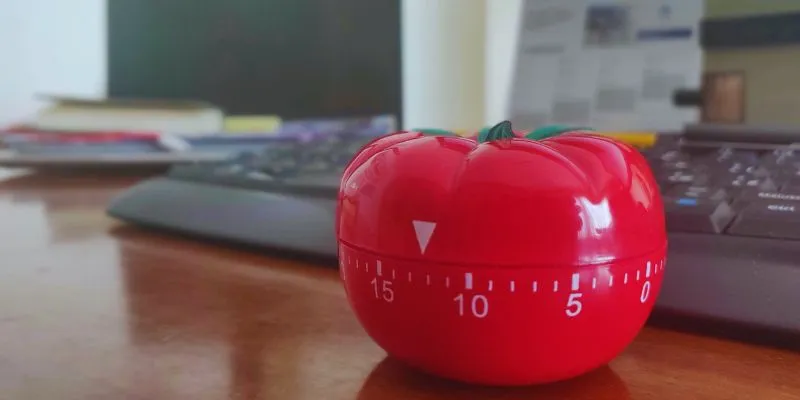
Which Are The 5 Best Pomodoro Timer Apps to Boost Your Productivity in 2025

6 Ways to Automate Security and Identity Tools for a Safer Business
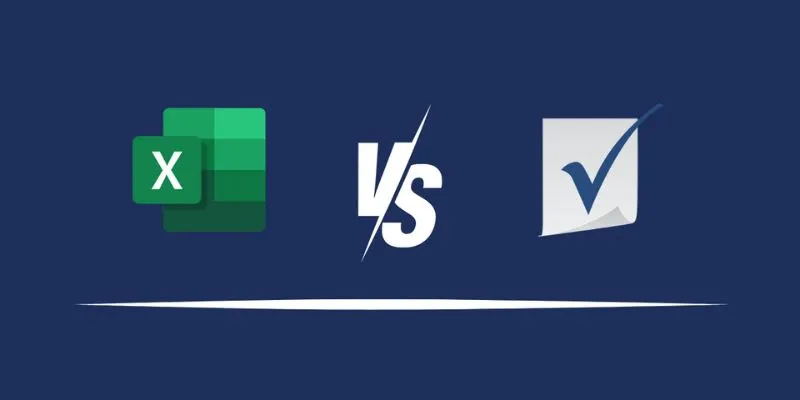
Excel or Smartsheet: Which is the Better Option for Project Management?
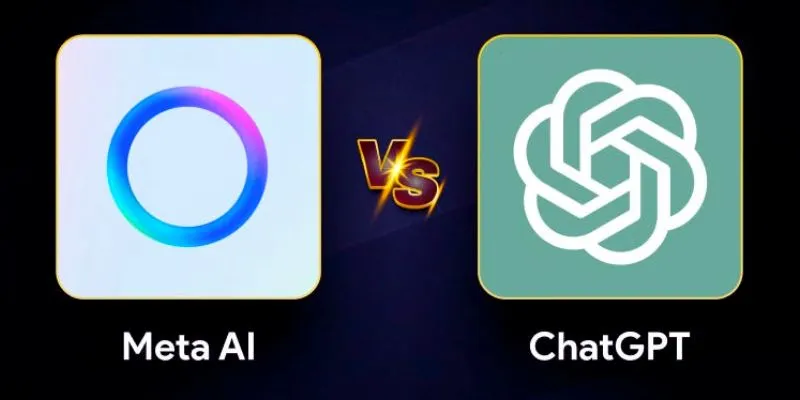
Meta AI vs. ChatGPT: Key Differences and Which Is Better for You
Popular Articles
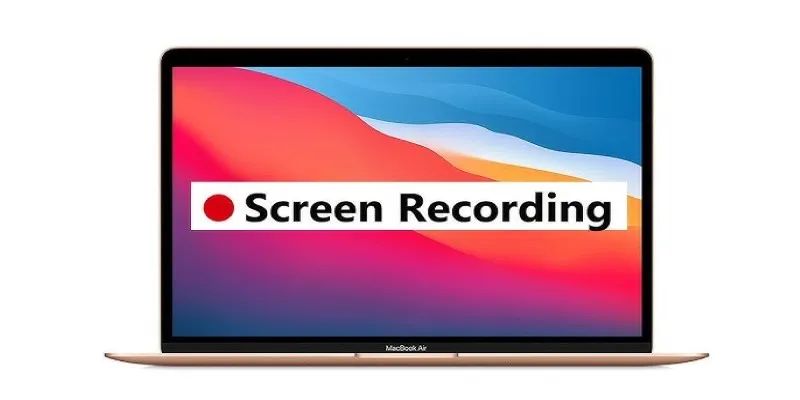
Record Your Mac Screen Easily on Sequoia & Sonoma

Startup Essentials: 9 Free Tools That Will Revolutionize Your Workflow

How to Make a Lyric Video That Boosts Your Music’s Impact
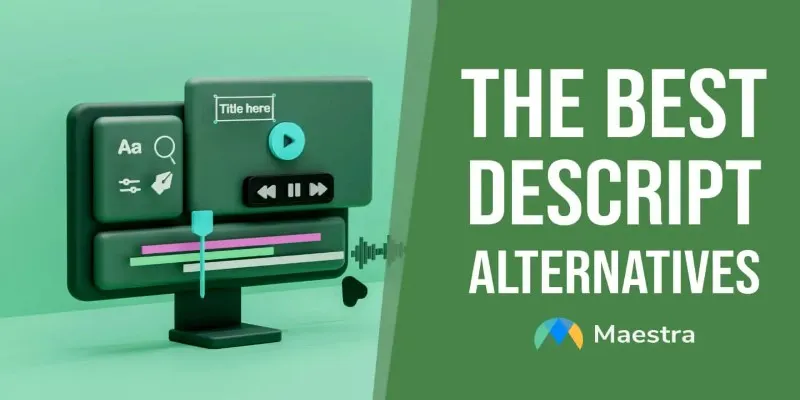
Descript Not Enough? Try These 5 Powerful Editing Alternatives
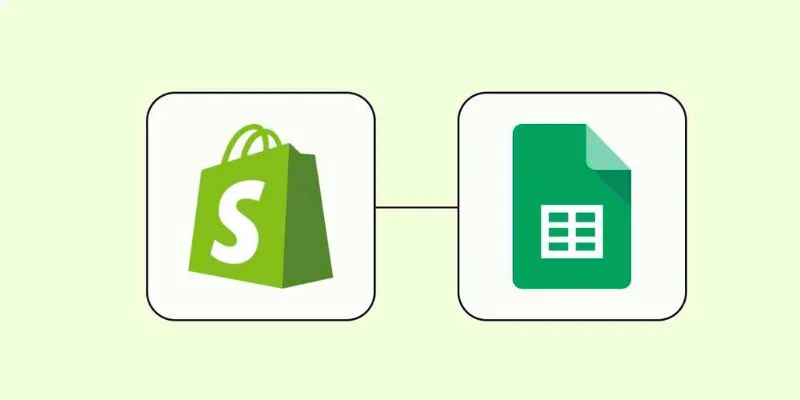
How to Integrate Google Sheets with Shopify: A Step-by-Step Guide
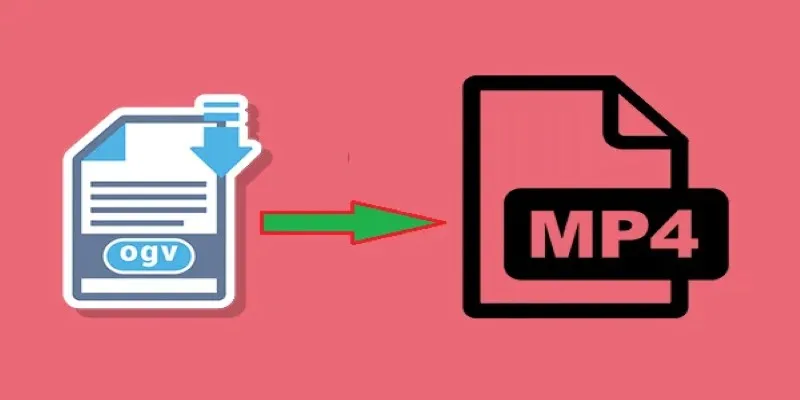
How to Convert OGV to MP4: 3 Fast and Easy Methods
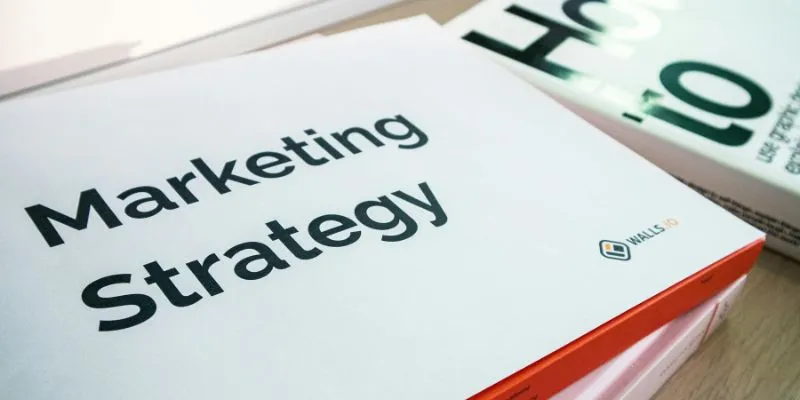
How to Drive More Conversions from Your Events with AddEvent
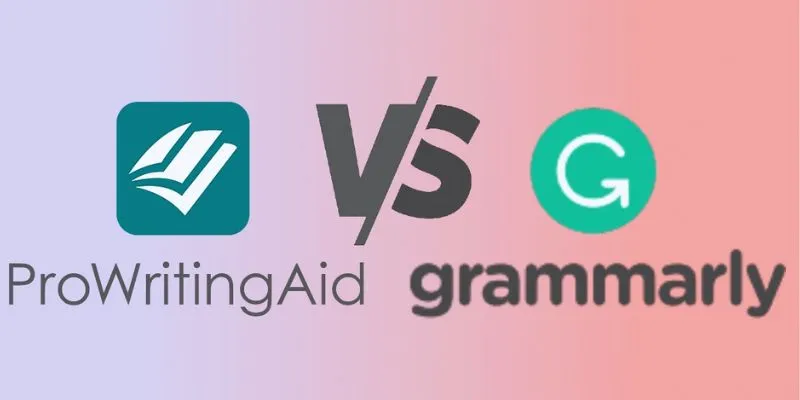
ProWritingAid vs. Grammarly: A Comprehensive Guide to Choosing the Best Tool

Airtable vs. Google Sheets: Which Should You Use for Your Workflow
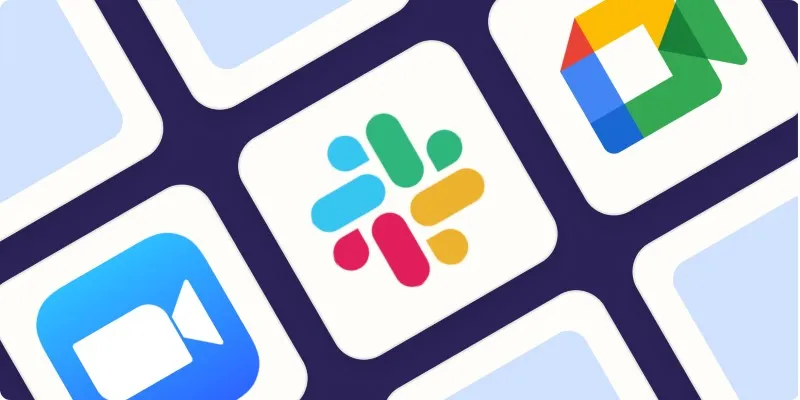
The Best Screen Sharing Software in 2025 for Smooth, Lag-Free Collaboration

6 Ways to Automate Microsoft Office 365 and Boost Productivity
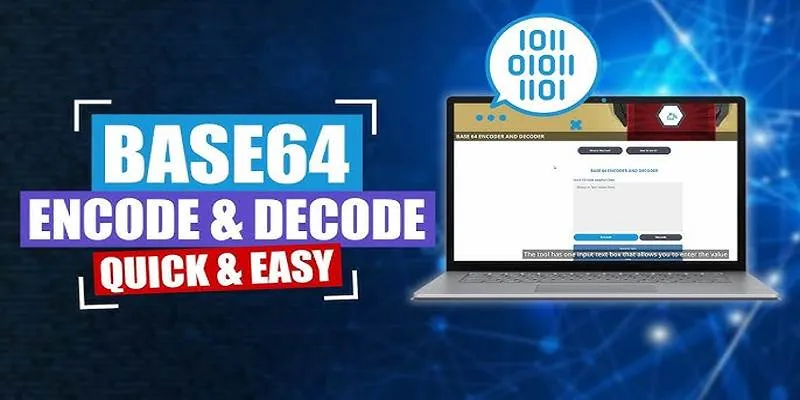
 mww2
mww2